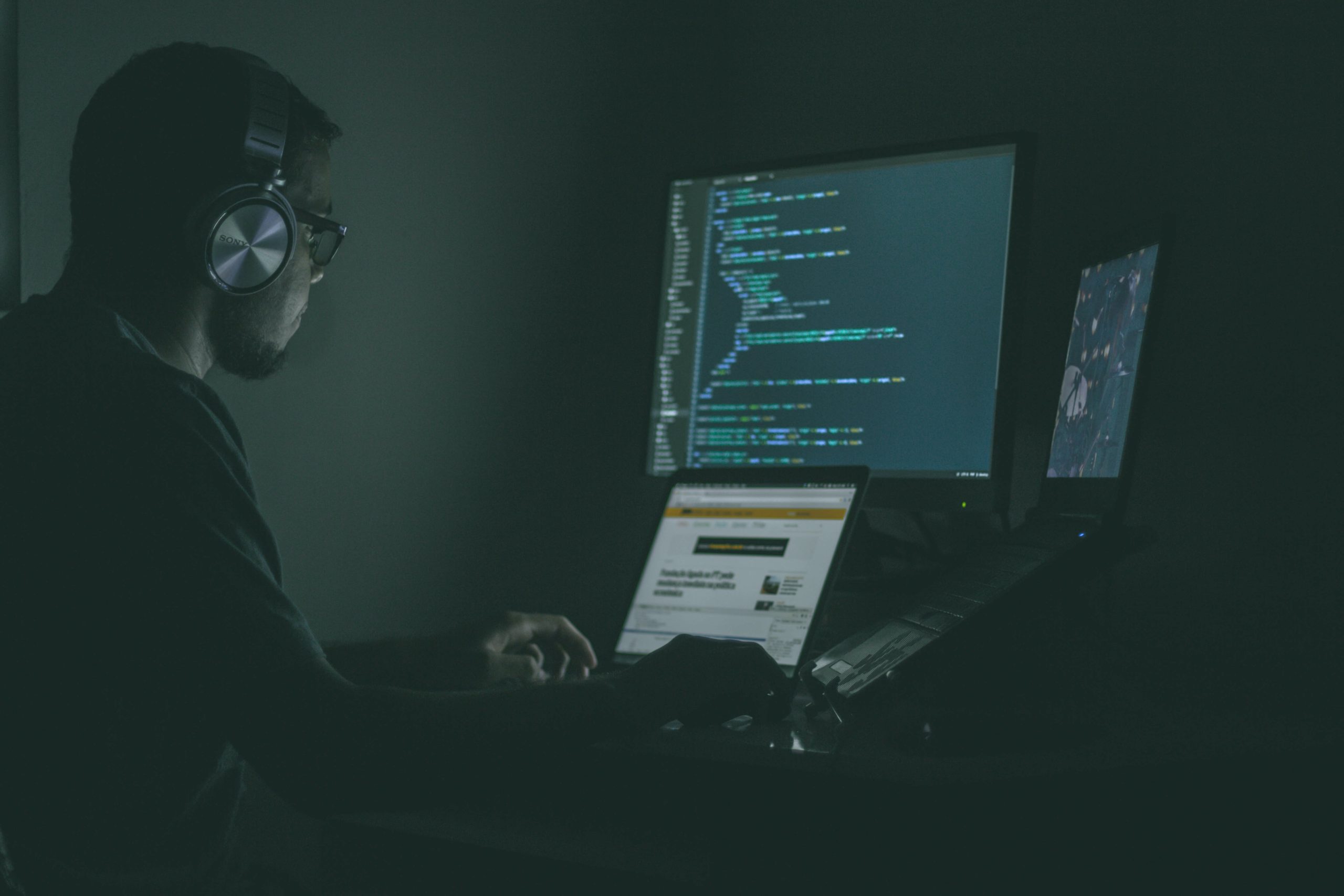
Four Big Brands Blindsided by Accelerated Change

It’s one of life’s universal lessons: Look both ways before crossing the street. Parents have been impressing its importance on every generation since Henry Ford tinkered with the internal combustion engine. However, many of us forgot that good advice, or assumed it didn’t apply, when crossing from one decade of business into the next.
From the 1970s into the 1980s, 1990s and 2000s, the prevailing assumption was that the future would be relatively similar to the past, and that major changes only took place over long stretches of time, which provided plenty of leeway to adjust.
We stepped off the curb, looking straight ahead—and wham! Individuals and organizations were blindsided by massive changes. It happened to big companies like IBM, Motorola, Research In Motion, Sears and countless others.
Four Big Brands That Were Blindsided
IBM. The original computer giant was late to act on the Hard Trends shaping the future of computing and missed the huge need for personal computers, entering the market late. Then in 2005, IBM sold its personal computer portfolio of products, including the popular ThinkPad brand, to Lenovo, which is now the world’s largest personal computing vendor. IBM was also late to embrace the Hard Trends of increasing use of mobility and the cloud.
Motorola. Similarly, the historic telecommunications company failed to anticipate exponential changes of the early 21st century, though it had many telecom firsts—first car radio, first handheld mobile phones in the early 1970s and the first smartphone using the Google Android OS. Unfortunately, the Motorola Mobility branch relied on being Agile, reacting after a disruption occurs, while leading companies were Anticipatory, using Hard Trends to see the future first and jump ahead and stay there.
Research In Motion. The company’s BlackBerry was the undisputed leader in business mobility, with a highly usable mini keyboard and tight integration of mobile email and calendar functionality. When Apple released the first iPhone, Research In Motion’s leadership failed to see the new future Apple had enabled and focused instead on making improvements instead of embracing the Hard Trends that were shaping the future of mobility and taking its loyal user base into the smartphone future.
Sears. Widely considered the first “everything” store, Sears had a winning business strategy: a notoriously large selection of goods in a catalog that was mailed to just about everyone. Products that were ordered were delivered right to the customer’s home. Like many big brands blindsided by game-changing Hard Trends followed by disruptive innovation, Sears didn’t see how serious competition had become—for both brick and mortars like Walmart and online-only retailer Amazon. Their past success and organizational ego limited their view of the future.
Based on these and other painful experiences, the prevailing assumption was dramatically adjusted: Change is speeding up—get used to it. But then with each passing decade, crossing the street of change became an exercise in advanced risk analysis. Dodging oncoming traffic was the name of the game.
Seeing Change Is Only Part of the Solution
Spotting technology-driven change provides only part of the solution, however. Literally thousands of important high-tech breakthroughs are zooming at us from left and right. Not only do we need to carefully look both ways, it is essential to actually see and understand the ramifications of what’s coming.
Hopping out of the way in a panic or jumping onboard the next new thing isn’t the answer; nor is taking a wait-and-see attitude. By reinventing how welookat technology-driven change, it is possible to reinvent the way we thinkabout change. Once that happens, the reinvention of how we actin response to change takes place.
Look. Think. Act. These distinct steps are the key to both finding and profiting from the many new opportunities that are headed our way.
Look at the Hard Trends that willhappen and the game-changing opportunities they represent. Look at the Soft Trends that might happen and the opportunities to influence them.
Think about your list of opportunities and refine them into a few Must-Do actions.
Pick at least one opportunity and act on it now, because if you don’t do it, someone else will!
Today, agility—reacting quickly after a problem occurs or after a disruption disrupts, is not good enough. It’s time to learn how to become Anticipatory, using Hard Trends to anticipate disruptions beforethey happen, turning disruption and change into a choice.
If you would like to learn more, check out my latest bestseller, The Anticipatory Organization: How to Turn Change and Disruption Into Opportunity and Advantage.
- Combat Unpredictable Change with Anticipation - December 19, 2019
- Becoming an Anticipatory Leader™: The Missing Competency - December 13, 2019
- The Cybersecurity of Banking and Finance - December 6, 2019






